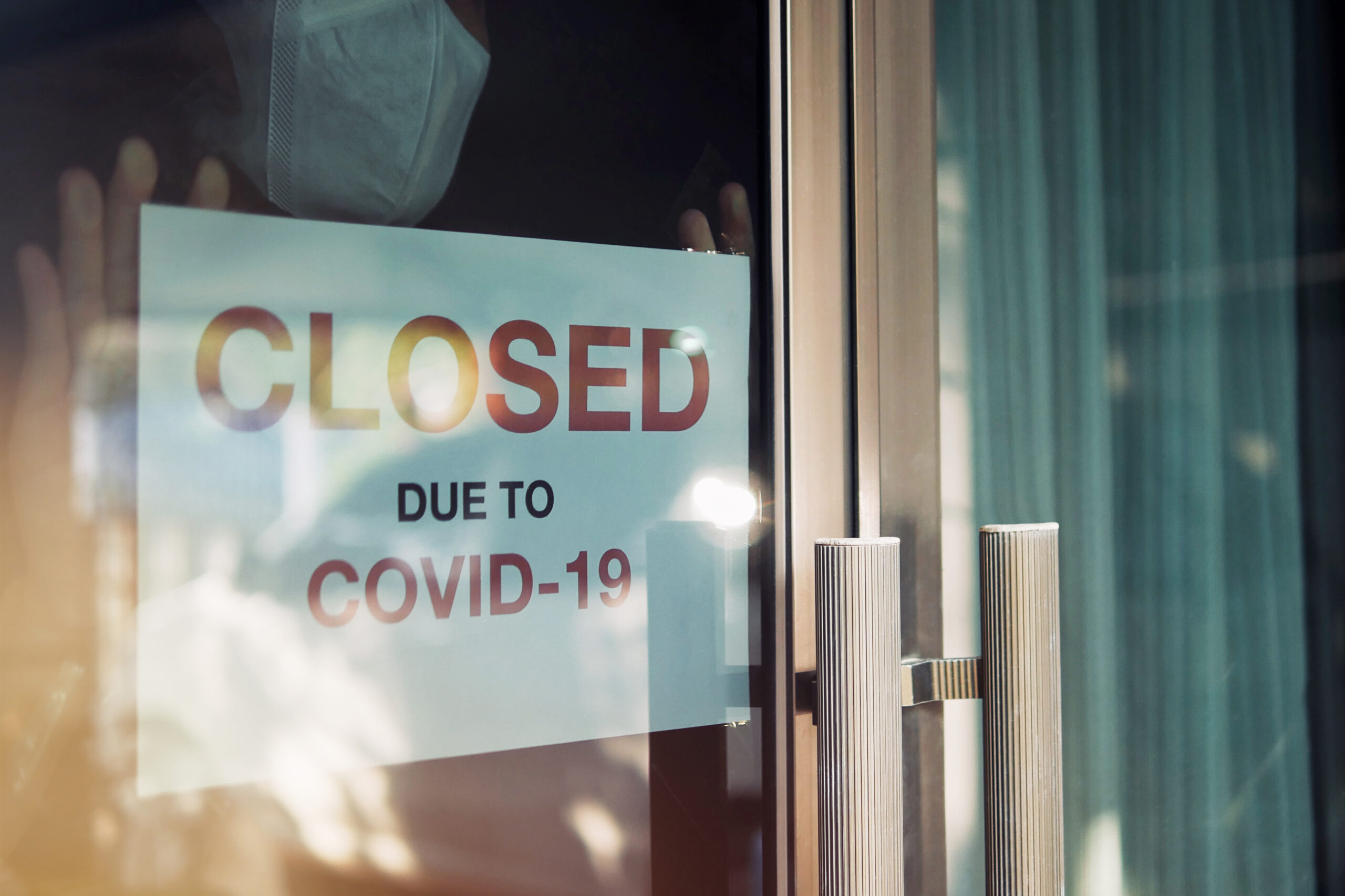FOR IMMEDIATE RELEASE
Contact: Lea Woods | 202-785-5100 | woods@iwpr.org
As the economy reopens and re-hiring begins, unemployment rates remain high for Black and Latina women, and younger workers.
Washington, DC — Most recent employment data show steady declines in unemployment for both women and men. Women gained a majority (59.9 percent) of the 4.8 million new jobs added to payroll, but sustained 8 million (54.7 percent) of the 14.6 million jobs lost since February.
Since the start of the Pandemic, women have accounted for nearly 55 percent of jobs shed. Female dominated sectors such as Hospitality and Leisure, Education and Health Services, and Retail experienced the largest job losses. As stay-at-home orders end, women’s job growth has increased in all major sectors. The Education and Health Services sector, which employs the largest number of women, has recovered 92 percent of February job levels, adding 512,000 jobs for women from mid-May to mid-June.
Child care remains a persistent issue for women re-entering the workforce due to center closures and availability of care. Despite growth in other female dominated sectors, the Child Care Services sector is still 25 percent below its February employment rate and has seen slower growth than other sectors.
Unemployment rates have skyrocketed for young workers too. Among 20-24 year old women, the unemployment rate is 20.6 percent—four times higher than it was one year ago (5.0 percent).
Unemployment Rates by Race and Ethnicity
- White women experienced the sharpest decrease in unemployment from 13.1 percent in May to 10.3 percent in June.
- Among women, Latinas have the highest unemployment rate at 15.3 percent. Nearly 1 out of 5 Hispanic women were unemployed in May.
- Black women’s unemployment rate dropped from 16.5 percent in May to 14.0 percent in June.
- The rate of unemployment for Asian workers ages 20 and older fell to 13.8 percent—a decline of 8 percent.
“The increase in COVID-19 cases across the country combined with the lack of stable childcare threaten the modest employment gains by women over the last month. We still have a ways to go in terms of achieving a full and even recovery,” said C. Nicole Mason, Ph.D., President and CEO of IWPR. ”We have to ensure that women have the necessary supports they need to not only re-enter the workforce, but to sustain employment.”
About the Institute for Women’s Policy Research
The Institute for Women’s Policy Research is the nation’s preeminent think tank committed to winning economic equity for all women and eliminating structural and institutional barriers to women’s full participation in the workforce and society.
IWPR builds knowledge and evidence to support policies that help grow women’s economic power and influence in society, close inequality gaps, and improve the economic security and well-being of families.
###




